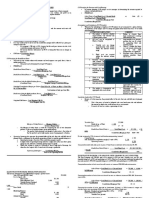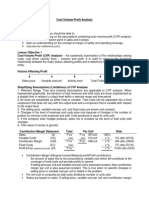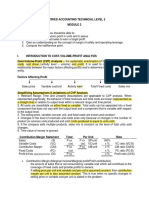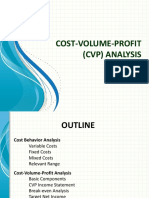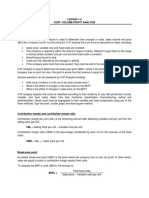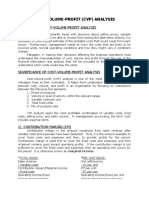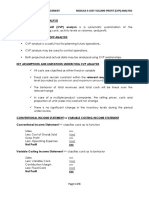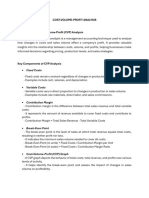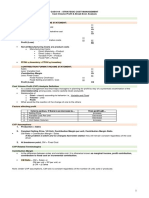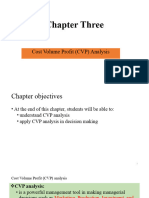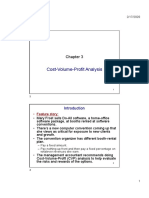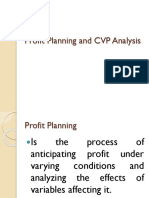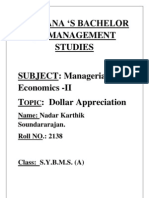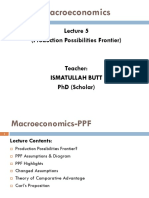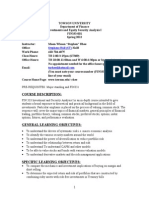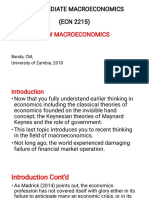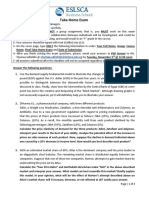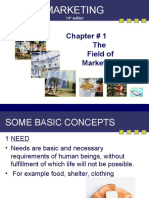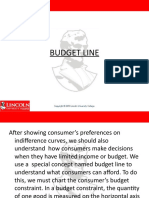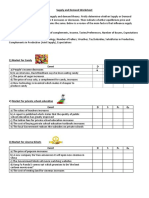0% found this document useful (0 votes)
30 views18 pagesSensitivity Analysis
The document discusses Sensitivity Analysis and Cost-Volume-Profit (CVP) Analysis, highlighting their importance in evaluating how changes in costs, sales volume, and other variables affect a company's profitability. It explains key concepts such as contribution margin, break-even point, and margin of safety, providing examples and calculations to illustrate these principles. Additionally, it emphasizes the application of sensitivity analysis in predicting outcomes based on variable changes in various fields, particularly in business.
Uploaded by
Recel Jean Fernando MontoyaCopyright
© © All Rights Reserved
We take content rights seriously. If you suspect this is your content, claim it here.
Available Formats
Download as PPTX, PDF, TXT or read online on Scribd
0% found this document useful (0 votes)
30 views18 pagesSensitivity Analysis
The document discusses Sensitivity Analysis and Cost-Volume-Profit (CVP) Analysis, highlighting their importance in evaluating how changes in costs, sales volume, and other variables affect a company's profitability. It explains key concepts such as contribution margin, break-even point, and margin of safety, providing examples and calculations to illustrate these principles. Additionally, it emphasizes the application of sensitivity analysis in predicting outcomes based on variable changes in various fields, particularly in business.
Uploaded by
Recel Jean Fernando MontoyaCopyright
© © All Rights Reserved
We take content rights seriously. If you suspect this is your content, claim it here.
Available Formats
Download as PPTX, PDF, TXT or read online on Scribd
/ 18



